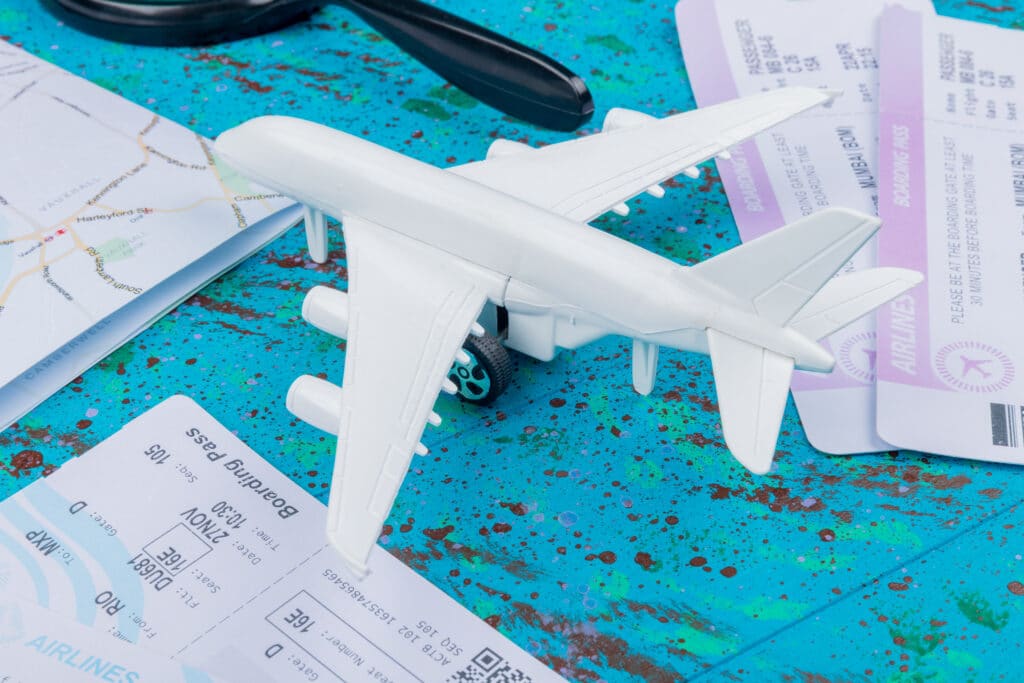Future of the Space Industry
Catalysts for Global Advancements
The space industry has long captured the imagination of humanity and offered a sight into the unknown and the potential for groundbreaking discoveries. The space industry has become a competition center with established players and ambitious newcomers for dominance in an increasingly lucrative market. As the demand for satellite services, space tourism and exploration missions continue to rise, the industry is witnessing a surge in innovation and investment, driving a new era of space exploration.
The impact of the space industry extends far beyond the confines of our planet and satellites orbiting the Earth enable – global communication, weather forecasting and navigation systems also while space exploration has led to the development of new technologies with applications in healthcare, environmental monitoring and materials science. The collaborative nature of space missions has fostered international cooperation and diplomacy, transcending geopolitical boundaries.
Innovative Breakthroughs in the Space Industry
Private companies have entered the arena that drives innovation and cost reduction through reusable rocket technology and ambitious plans for commercial space travel. The development of advanced propulsion systems such as – ion and plasma engines has opened up new possibilities for deep space exploration and the utilization of in-situ resource utilization (ISRU) techniques promises to allow a sustainable human presence beyond Earth.
The space industry is established giants such as – SpaceX, Blue Origin, NASA and Boeing which are striving to push the boundaries of space technology and secure lucrative government contracts. These companies have established their capabilities through successful satellite launches, crewed missions to the International Space Station and ambitious plans for lunar and Martian exploration.
Increasing Need within the Space Industry
Commercial satellite operators are seeking more cost-effective and reliable launch services to meet the growing demand for global connectivity along with Earth observation and remote sensing applications.
The view of space tourism has started a race to develop safe and affordable means of transporting civilians to the cosmos with companies competing to offer the ultimate interplanetary experience. Government agencies and private enterprises are eyeing the moon and Mars as potential destinations for – scientific research, resource extraction and even human colonization that drive demand for advanced propulsion systems, habitat technologies and in-situ resource utilization capabilities.
The space industry is poised to become a key driver of economic growth and technological advancement, with demands for space-based services and exploration capabilities set to soar. As competition intensifies, companies will need to innovate rapidly, forge strategic partnerships and adapt to evolving market dynamics to secure their position in the new space race.
Prospects for the Space Industry
The future of the space industry appears increasingly promising and the plans for crewed missions to mars the establishment of lunar bases and the development of space tourism are on the horizon. The prospect of mining asteroids for rare minerals and the construction of space-based solar power stations holds the potential to revolutionize energy production and resource utilization on Earth. As the industry continues to evolve it is poised to play a pivotal role in addressing global challenges and expanding the limits of human knowledge.
The space industry stands at the lead of human achievement that will offer boundless opportunities for scientific discovery technological innovation and international collaboration. As we move forward into the cosmos, the impact of space exploration will continue to shape our world in ways we have yet to imagine.












You must be logged in to post a comment.